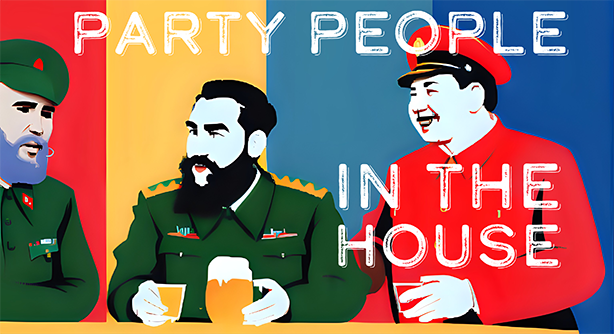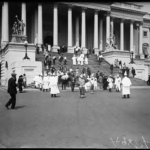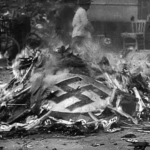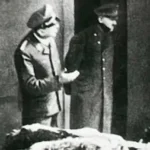The Political Holiday
The political origins of May Day, or International Workers’ Day, is intertwined with labor movements and activism. It originated in late 19th century Chicago, Illinois, during a period of unrest. The Haymarket Affair of 1886, which started as peaceful protests demanding an eight-hour workday, tragically escalated into violence. This event became a rallying point for workers’ rights and ultimately led to the Second International’s declaration of May 1st as International Workers’ Day in 1889.
May Day gained significance as socialist and communist ideologies took hold, becoming a day of solidarity and protest for these political movements. In the early 20th century, communist parties utilized May Day to emphasize the struggles of the working class and advocate for revolution. They organized grand military-style parades to showcase their power and intimidate their adversaries. These displays became synonymous with May Day in the USSR. As a child, I vividly recall feeling intimidated by the footage of these parades on the news. While nations like North Korea, Cuba, China, Vietnam, and even Russia continue the tradition of military parades on May Day, it lacks the same impact as during the era of the Soviet menace.
May Day maintains its significance as a political holiday, yet it is evolving beyond its historical association with communism. While some view it as a potent symbol in the ongoing struggle for workers’ rights and social equality, it has also garnered support from movements advocating for immigration rights, gender equality, and environmental justice. The future may witness various groups adopting May Day as a platform for their respective causes. Nonetheless, personally, I am inclined towards the older May Day traditions centered around Spring and renewal.
Recommended Reading: The Greatest Generation Is Slipping Away, John Kennedy













Leave a Reply